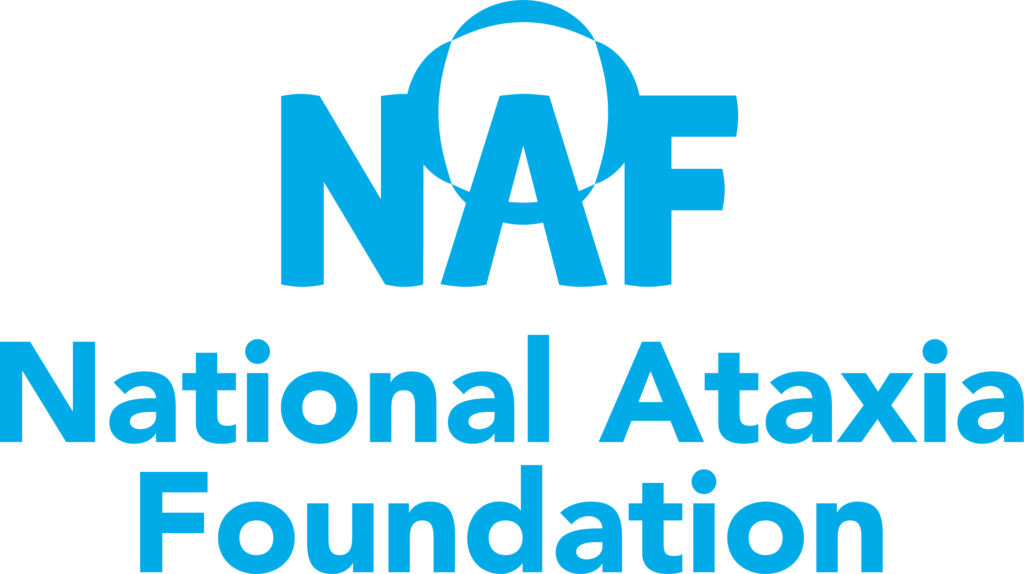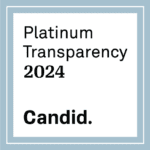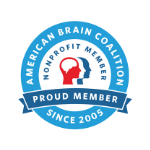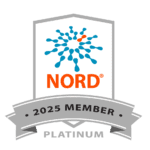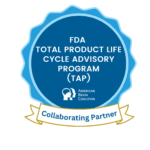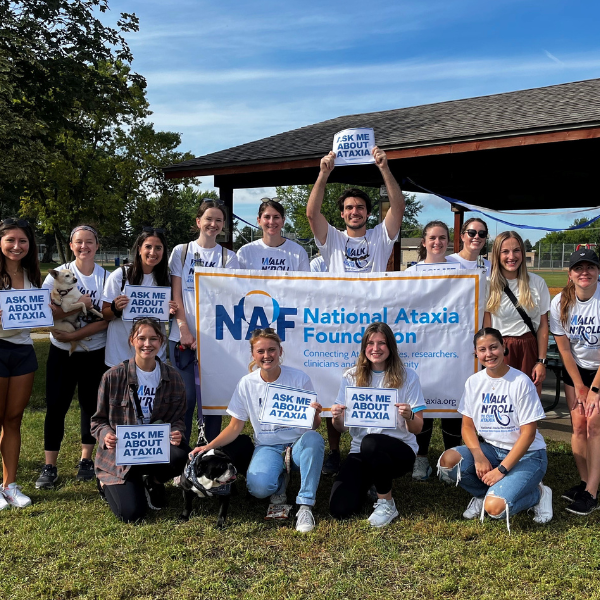
Augmentative and Alternative Communication (AAC) is an umbrella term that has many meanings. Simply put, AAC is every way we communicate other than speaking. At its core, AAC uses symbols. For a message to be considered AAC, it must be represented symbolically. AAC must stand for something else.
A simple wave, a facial expression, or even an emoji is considered AAC because an idea is being expressed without saying anything. Since there will always be a sender and a receiver of a message, AAC can support both expression and comprehension. For example, waving to a neighbor can express “hello”. This helps the neighbor understand that a friendly face is next door.
Communication is a basic human right. The loss or difference of verbal speech should not exclude someone from being an effective communicator. AAC can be the great equalizer in communication by increasing both expression and understanding.
AAC can range from something simple to complex technology. For example, AAC can be a laminated picture board, a whiteboard with a marker, or an iPad with a communication application. If a device helps to express an intended message or makes something easier to understand, it is an AAC strategy. With new technology, like the Apple iPad or the Amazon Kindle Fire, technology-based AAC has never been more accessible and available. Any person with speech difficulties, including those with ataxia or unclear speech, can likely benefit from AAC strategies.
When would a person with ataxia or unclear speech benefit from AAC?
Often, people with unclear speech have communication breakdowns. These breakdowns happen when a message is said and not easily understood by a listener. If a message is not understood, there is always an option to communicate in a different way. Common strategies to repair communication breakdowns include writing a word, gesturing, or showing someone a photograph. High technology communication devices have pre-loaded words, phrases, or a keyboard already installed. These features make technology-based devices faster and more convenient when repairing communication breakdowns.
The choice of when and how to use AAC varies. Some use AAC full-time, others part-time. Often, AAC use depends on context, comfort with a communication partner, and personal preference. Consider identifying social circumstances or moments when communication has gone poorly in the past. For example, many people with speech differences report that talking on the telephone is difficult. In these moments, consider sending a photograph about a topic while talking on the phone. This is an example of using a practical AAC strategy with suggestions from a licensed speech pathologist.
How would a person with ataxia or unclear speech get started with AAC?
It is recommended to meet with a to get started with AAC. Some insurance plans, Medicaid, and Medicare will cover high technology AAC devices. These devices, also known as a “speech generating device” (SGD), are funded as durable medical equipment. To pursue this option, three different SGDs must be trialed and a primary care doctor must agree to the need and provide a prescription. Regardless, it is recommended to work with a speech-language pathologist to learn strategies to incorporate the communication device. Best practice suggests that using a range of AAC tools, from no-technology to high technology, can best help support effective and meaningful communication.
If you would like to learn more about Augmentative and Alternative Communication (AAC), look at this resource by the American Speech-Language-Hearing Association.
Snapshot Written by: Drew Mancini, MS, CCC-SLP
Edited by: Celeste Suart, PhD
Read Other SCAsource Snapshot Articles

Snapshot: O que é Distonia?
Distonia é uma desordem que afeta a maneira como uma pessoa se move. Mais especificamente, pessoas com distonia têm contrações musculares involuntárias, que podem causar posturas anormais. A distonia pode Read More…

Snapshot: What is Neuropathy?
Our nervous system consists of the central and the peripheral nervous system. The brain and spinal cord are components of our central nervous system (CNS), while the peripheral nervous system Read More…
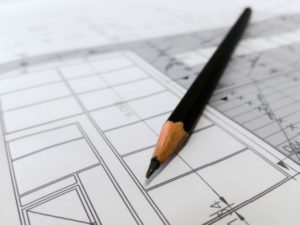
Snapshot: ¿Cómo miden los médicos la severidad de la ataxia en los pacientes?
La coordinación de movimientos finos y efectivos es esencial en las tareas diarias, como hablar o caminar. La capacidad de orquestar exitosamente estos movimientos se denomina comúnmente “coordinación motora”. Si Read More…



